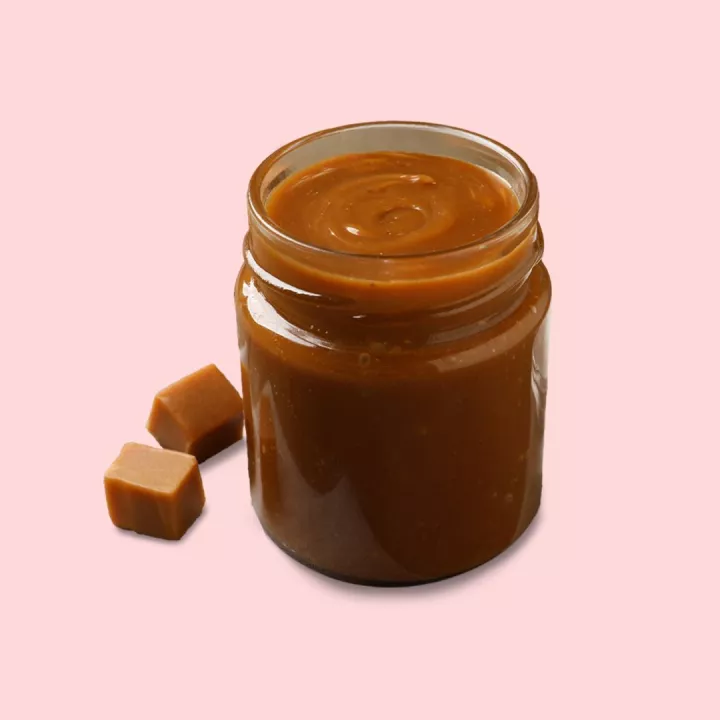Everyone loves caramel au beurre salé (salted butter caramel). The rich, sweet-salty flavor triggers pleasure centers in the brain, making it physically addictive–this has been proven by scientific research! It’s a star ingredient that can be found in everything from packaged candies in grocery stores to the most intricate creations made by award-winning pastry chefs, and everything in between. Learn more about the irresistible sweet-salty confection
知っておきたいこと
Caramel au Beurre Salé comes from Brittany, a region known for producing top-quality dairy products, including cream and butter.
The Origin Story
In 1977, Henri Le Roux, a famous chocolatier in Brittany, created his recipe for semi-salted butter caramel with walnuts, hazelnuts, and crushed almonds. It won the Best Candy in France award at the Salon Internationale de la Confiserie in 1980; in 1981, Le Roux registered the CBS® trademark for Caramel au Beurre Salé.
The various forms of Caramel au Beurre Salé
Three simple ingredients are all it takes to make salted butter caramel sauce: sugar, cream, and salted butter. Using salted butter and cream from Brittany guarantees a magical outcome. Drizzle it over ice cream, tarts, brioche, pancakes, dip apples or pears into it, combine it with chocolate and nuts–it’s versatile and goes well with so many things!
It’s easy to make at home but also widely available in stores and in various forms. Soft chewy squares of Caramel d’Isigny, hard candies, caramel spread, syrup, and the famous Niniches de Quiberon lollipops, to name a few.
編集後記
とのペアリング
Chocolate, apples, pears, walnuts, hazelnuts, almonds, ice cream









